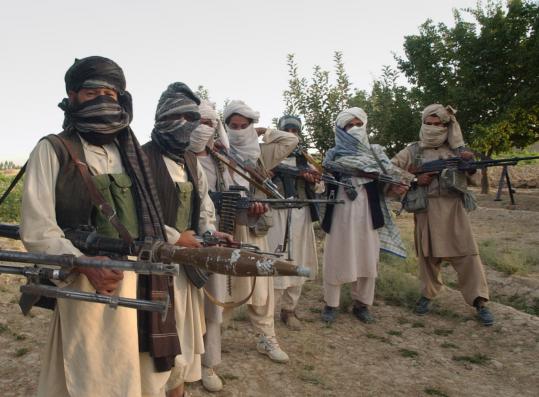
At the Christian Science Monitor, Ben Arnoldy has a must-read article on Saturday’s attack by the Taliban on two joint US-Afghan outposts in Nuristan province. While Ben did interview me for this article and I am quoted in the piece, that isn’t my reason for pointing it out. Ben has a masterful, simple description of how the Taliban and allied groups operate in the lead paragraph [emphasis mine]:
The major ground assault by militants that killed eight US soldiers in Afghanistan this weekend illustrates nimble cooperation between the Taliban and smaller groups, according to NATO and regional security analysts. The ability of this militant medley to plug-and-play their fighters into larger forces, then disperse again into smaller groups, represents a major challenge to the US-led coalition.
Ben used that phrase in our conversation early Monday morning, and I immediately told him it was the perfect description of how local Taliban forces operate at the tactical level in conjunction with provincial/regional Taliban commands, as well as with al Qaeda, Hezb-i-Islami, the Haqqani Network, etc. [collectively known as AQAM or al Qaeda and allied movements, or al Qaeda and associated movements, depending who you talk to]. Local or regional commanders may come up with a plan and work it through the chain of command. The local units are bolstered by allied movement forces and may be given cash, weapons, and ammunition to carry out the attack.
Are you a dedicated reader of FDD's Long War Journal? Has our research benefitted you or your team over the years? Support our independent reporting and analysis today by considering a one-time or monthly donation. Thanks for reading! You can make a tax-deductible donation here.







